Coast Redwood photos, Big Basin SP, CA
naturegirl_2007 5B SW Michigan
14 years ago
Related Stories
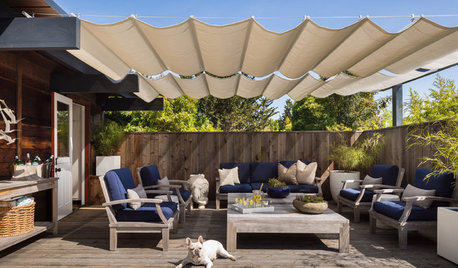
MIDCENTURY HOMESHouzz Tour: How Can We Get Invited to This Awesome Midcentury Home?
A redwood-clad gem in California’s Marin County features a dreamy outdoor oasis with an open-door policy for the homeowners’ friends
Full Story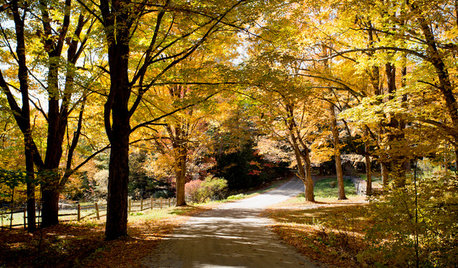
FALL GARDENINGHouzz Call: Show Us Your Autumn Views
Share your pictures of fall foliage and decor in the Comments. Your photos may be featured in an upcoming story!
Full Story
HOUSEKEEPINGWhat's That Sound? 9 Home Noises and How to Fix Them
Bumps and thumps might be driving you crazy, but they also might mean big trouble. We give you the lowdown and which pro to call for help
Full Story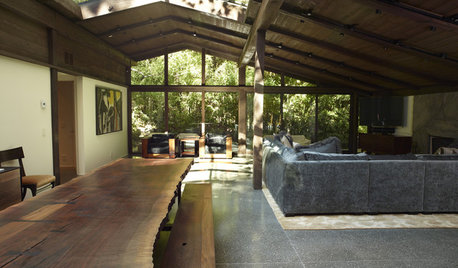
DECORATING STYLESThe Ins and Outs of Northern California Style
It's eco. It's modern. It's even a little bit hippie. But above all, Northern California style bridges the gap between inside and out
Full Story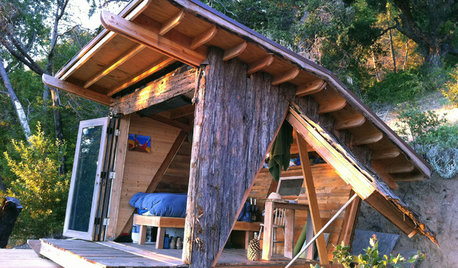
DREAM SPACESGreat Escape: A Tiny, Off-the-Grid Hideout in the California Woods
Covered in bark and topped by a living roof, this 90-square-foot retreat hides on its California hillside
Full Story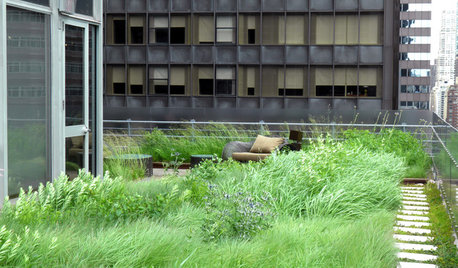
EVENTSTour 7 Stunning New York Gardens
See how garden designers landscape a living roof, a farmhouse pool area, small backyards and more
Full Story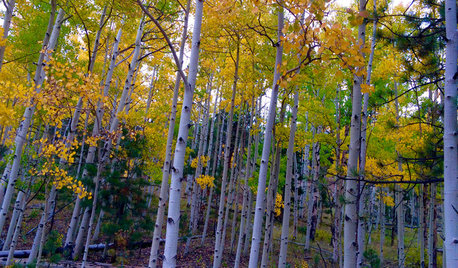
EARTH DAY‘Terroir’ Brings a Sense of Place to Your Landscape
Species native to and characteristic of your region firmly root your garden and landscape
Full Story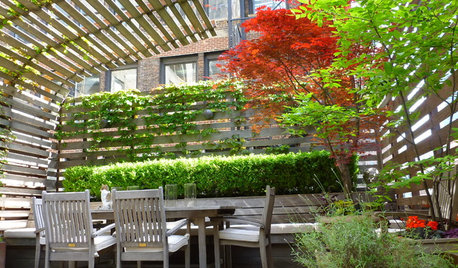
GARDENING AND LANDSCAPINGHouzz Call: Show Us Your Great Patio, Deck or Rooftop!
Give your patio a chance at the spotlight as we head outdoors for a new summer ideabook series
Full Story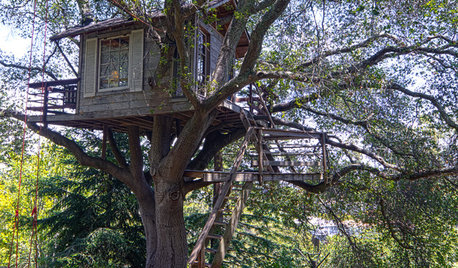
DREAM SPACESA Northern California Tree House Makes Memories
Designed with utmost respect for the tree cradling it, a cozy house gives overnighters an experience to cherish
Full Story
SUMMER GARDENINGHouzz Call: Please Show Us Your Summer Garden!
Share pictures of your home and yard this summer — we’d love to feature them in an upcoming story
Full Story


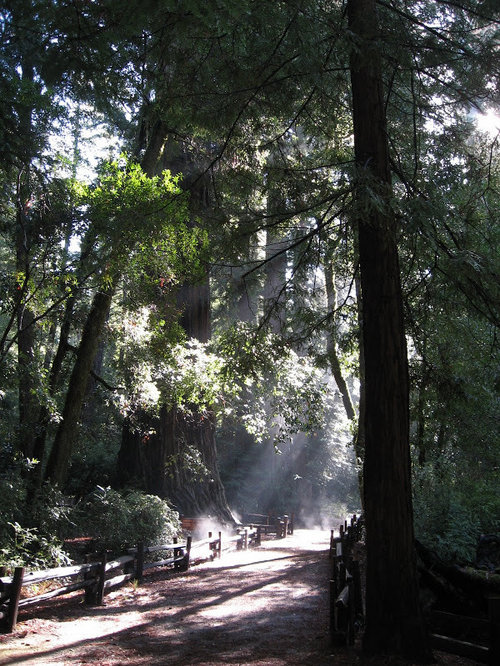
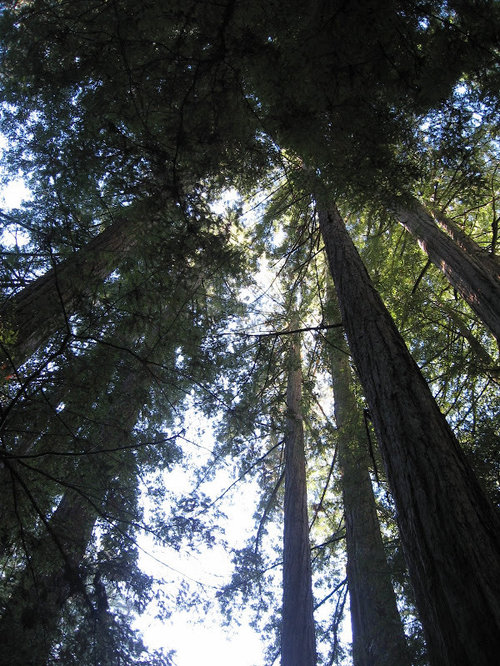
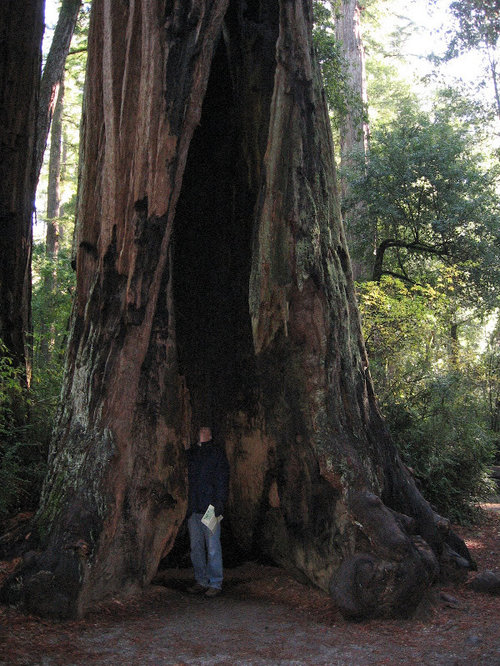



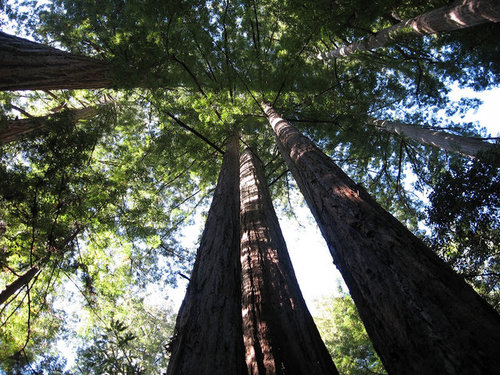




tunilla
botann
Related Discussions
(New House!) What to plant under row of 16 redwoods?
Q
Losing my Patience with Grandma's Hat...Close to Sp'ing It..
Q
California Redwood Sanctuaries
Q
Coastal Redwood Help Needed
Q
sluice
mdvaden_of_oregon
mdvaden_of_oregon
gardener365
naturegirl_2007 5B SW MichiganOriginal Author
mdvaden_of_oregon
ghgwv
sluice
mdvaden_of_oregon
greenman28 NorCal 7b/8a
mdvaden_of_oregon
Robert_Redwood
spruceman
pineresin
spruceman
Robert_Redwood
Robert_Redwood
greenlarry
spruceman
pineresin
humboldt101
spruceman
pineresin
Robert_Redwood
spruceman
spruceman
spruceman
pineresin
spruceman
spruceman
spruceman
spruceman
pineresin
spruceman
spruceman
Robert_Redwood
Robert_Redwood
spruceman
pineresin
pineresin
spruceman
humboldt101
greenman28 NorCal 7b/8a
humboldt101
greenman28 NorCal 7b/8a
Robert_Redwood
greenman28 NorCal 7b/8a
spruceman